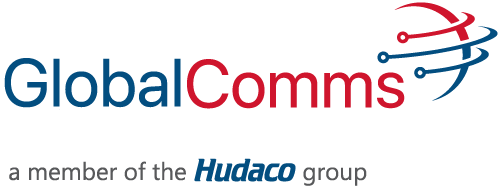DMR Explained
Digital Mobile Radio (DMR) is an open standard defined by the European Telecommunications Standards Institute (ETSI) which uses two-slot Time Division Multiple Access (TDMA) within the existing 12.5 kHz channel spacing used for land mobile frequency bands, thus enabling improved spectrum efficiency.
DMR products have many advantages over other digital public or land mobile radio technologies (PMR/LMR) targeted at the business critical and commercial sectors. As well as being able to match or better the existing features of analogue radios, the use of a two slot TDMA (Time Division Multiple Access) protocol results in DMR giving simple and effective scalability, energy efficiency, cost efficiency and a rich new set of features. DMR also brings the range and audio clarity benefits of digital radio communication.
DMR is particularly well suited to the addition of new voice or data services because it doubles capacity in existing licensed channels. In particular, when new business-enhancing data applications are introduced, with DMR there is no impact on existing voice quality of service - a well known issue due to the “chatty” spectrum hungry nature of many data applications. Moreover, DMR systems add this extra capacity at no cost to the user.
Other commercial digital systems bring benefits but not the full range of advantages of DMR. Moreover DMR is an open European Telecommunications Standards Institute (ETSI) standard backed by many leading radio manufacturers, component suppliers and others. As a result buyers can have confidence in long term supply and the benefits of competition-driven feature development, supplier responsiveness and market pricing.
DMR is the smart long-term choice for radio professionals and with over seventy years' experience in the transmission and reception of audio signals the Kenwood DMR range gives a difference you can hear, loud and clear.

